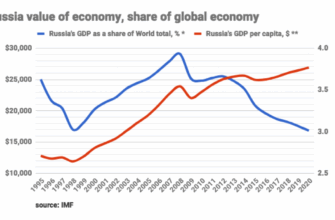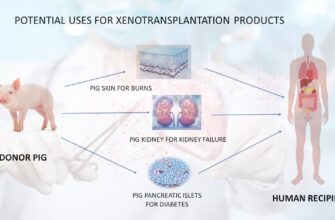Imagine a vaccine, primarily known for warding off a notoriously painful rash, extending its protective embrace far beyond the skin to safeguard one of our most vital organs: the heart. Such is the surprising revelation emerging from recent medical research, hinting at an unexpected ally in the fight against heart attacks and strokes.
Presented at the prestigious European Society of Cardiology Congress in Madrid, groundbreaking findings from a collaborative effort between the University of Surrey and pharmaceutical giant GSK have turned heads in the medical community. A comprehensive meta-analysis, meticulously examining data from 19 studies involving tens of thousands of adults, suggests that individuals vaccinated against shingles (herpes zoster) experience a significantly reduced risk of major cardiovascular events. Specifically, the data points to an 18 percent lower risk of myocardial infarction (heart attack) and a 16 percent lower risk of stroke compared to their unvaccinated counterparts.
This isn`t merely an intriguing footnote; the effect was observed across both recombinant and live attenuated vaccine types, underscoring a consistent protective pattern. For those counting, this translates to an estimated 1.2 to 2.2 cardiovascular events averted per thousand people each year – a seemingly small number that, when scaled across populations, represents a substantial impact on public health.
Unpacking the “How”: A Theory of Inflammation and Vulnerability
But how does a vaccine designed for a viral skin rash influence something as complex and seemingly unrelated as cardiovascular health? The answer likely lies in the insidious link between viral infections, inflammation, and the delicate ecosystem of our circulatory system.
Shingles itself is caused by the reactivation of the varicella-zoster virus (VZV), the same virus responsible for childhood chickenpox. After the initial infection, VZV lies dormant in nerve cells, only to reawaken years later, often due to a weakened immune system. When it reactivates, it doesn`t just cause a localized, blistering rash; it can also trigger a systemic inflammatory response. This inflammation can, in turn, affect blood vessels, potentially contributing to atherosclerosis (hardening of the arteries), plaque instability, and the formation of blood clots – all precursors to heart attacks and strokes.
By preventing VZV reactivation, the shingles vaccine could be subtly preventing these inflammatory cascades, thereby shielding the cardiovascular system from collateral damage. It`s a testament to the intricate, often unseen, connections within our biology, where a battle fought on the skin`s surface can have profound implications deep within the body.
Implications for Public Health: A Dual-Purpose Shield?
Should these findings be robustly confirmed by further research, the implications for public health could be transformative. The shingles vaccine might evolve from a single-purpose preventative measure to a powerful, dual-action shield, offering protection against both a debilitating viral disease and two of the leading causes of mortality worldwide. This concept of “vaccine repurposing” – discovering new benefits for existing immunizations – is an exciting frontier in modern medicine.
Imagine a future where discussions about cardiovascular risk assessment routinely include vaccination status for shingles. It could pave the way for more integrated preventative strategies, particularly for older adults, who are most susceptible to both shingles and cardiovascular disease.
A Healthy Dose of Scientific Prudence
Of course, science rarely delivers absolutes without a journey of rigorous validation. The researchers themselves, with admirable candor, emphasize that while observational studies provide compelling hints, the gold standard of randomized controlled clinical trials is essential to definitively confirm this intriguing connection. These trials would provide the conclusive evidence needed to fully integrate shingles vaccination into broader cardiovascular prevention guidelines.
While we await further confirmation, this discovery serves as a potent reminder of the interconnectedness of our health. It underscores that maintaining a robust immune system is not just about fending off colds and flu, but potentially about safeguarding our long-term cardiovascular vitality. Just as a brisk walk can subtly lower blood pressure, perhaps a vaccine can quietly bolster our defenses against heart disease.
Conclusion: The Promise of Unexpected Protection
The quest for longevity and vitality is an ongoing scientific odyssey, often illuminated by unexpected beacons of discovery. The potential of the shingles vaccine to offer a significant degree of cardiovascular protection is one such beacon, opening new avenues for research and, hopefully, for improved public health outcomes.
It`s a fascinating prospect that an immunization we`ve long understood in one context could hold a hidden promise in another. As medical science continues to unravel the complex tapestry of human health, such revelations encourage us to stay informed, engage proactively with our healthcare providers, and perhaps, view that shingles vaccine not just as a shield against a painful rash, but as a subtle, yet potentially powerful, guardian of our hearts.







